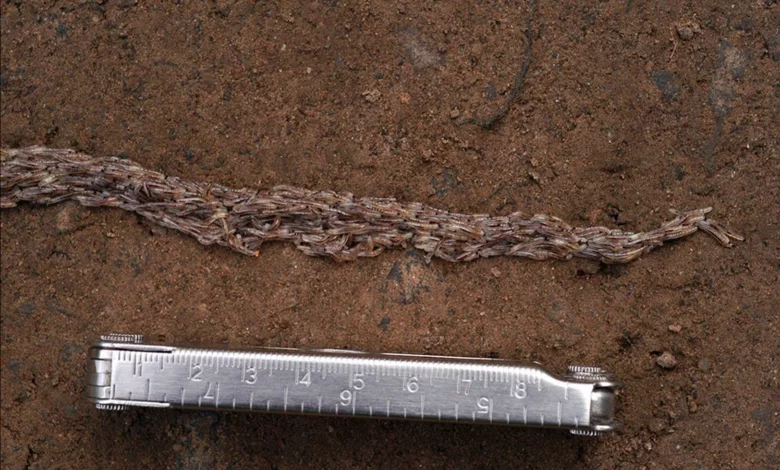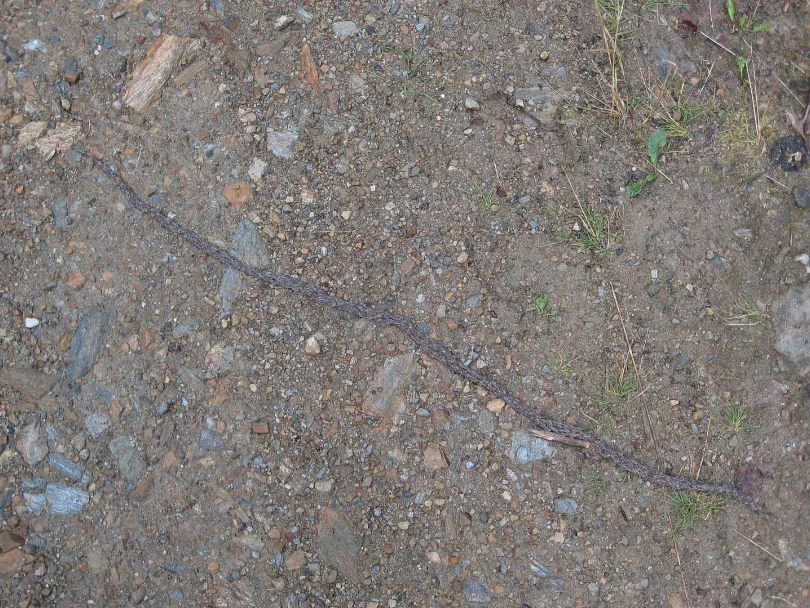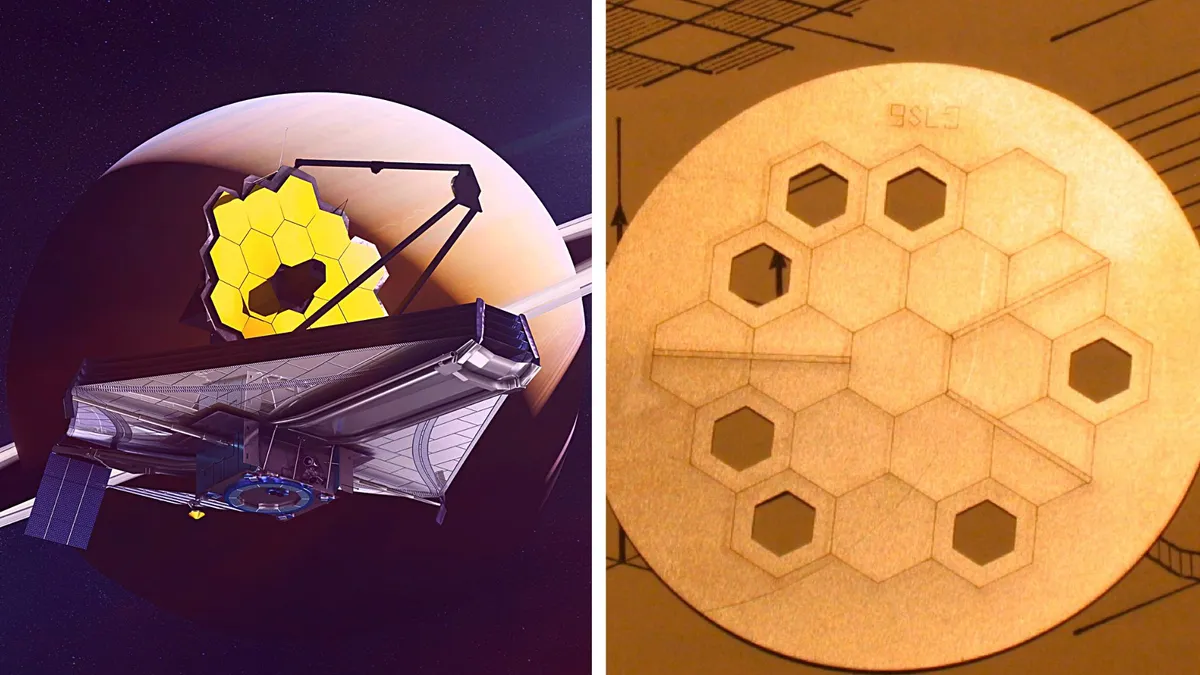
A newly described species is a tiny gnat snakeworm in Alaska that, in its larval stage, crawls over the backs of its brethren in large numbers, resembling a long gray snake.
Derek Sikes, an Alaska insect expert, and Brazilian postdoctoral researcher Thalles Pereira, along with Kai Heller and Mitsuaki Sutou, recently co-authored a paper on the insect, whose behavior had perplexed Sikes more than any other.
The story began in 2007. Sikes, curator of the insect collection at the University of Alaska Museum of the North in Fairbanks, was given a Ziploc bag full of translucent little worms as well as some perplexing photos.
Maggie Billington of Ester delivered the bag to Sikes. She described the strange procession of hundreds of mysterious larvae crawling over each other, stretched out like a garden hose.
“I figured they must be fly larvae, but I had never heard of this snakeworm phenomenon,” he said. “I was dumbfounded. “This was an X-Files case for me.”
Read Also: Rare Unknown Creature “Fossilized Skin” is 286 Million Years Old
The tiny worms died, and the insect had to stay a mystery until the second chance

Unfortunately, the tiny worms in the Ziploc had all died. Sikes had to examine an adult to identify the mystery insect.
But he got a second chance. In the summer of 2007, Sikes received a call from Diane Claassen, a University of Alaska Fairbanks Cooperative Extension Service agent.
“There is a column of these things crossing Pika Road right now,” she went on to say.
Sikes put down his coffee cup and zipped out the door.
He traveled a few miles from his office to Pika Road in Fairbanks. The larval parade was still underway.
Sikes dropped to his knees to take photos. He finished by gently plucking a bunch of larvae, each the size of a grain of rice, and dropping them into a plastic container. He sprinkled some fungus-gnat food into that container, which was made of dead leaves from the nearby forest.
Sikes then became an expectant insect-rearer, hoping the larvae would pupate and develop into flies.
Flies emerge from the Snakeworms

A week later, Sikes was delighted to see a few flies emerge. They were black and slightly longer than fruit flies.
The team sequenced the DNA of Alaska gnats. The results showed that the Alaska gnat and the European gnat had enough genetic divergence to be considered separate species.
Thalles Pereira, a postdoctoral researcher from Brazil, arrived in Fairbanks in 2021 to collaborate with Sikes. Pereira examined adult male Alaska gnats under high magnification. He discovered significant differences in the shape of the insect’s genitalia when compared to the European species.
That was enough for scientists to confirm the existence of a new species and describe it properly.
The creature needed a name. Sikes asked students at his summer bug camps which of the three options they preferred for the fungus gnat. They chose Sciara serpens due to the insect’s occasional snakelike behavior. The species has yet to be found outside of Alaska.
So, why are these tiny worms forming themselves into living ropes?

Thalles and his co-authors believe there could be two main reasons. The columns resemble snakes, which may scare away or confuse birds and other predators. Gnat larvae may also move in columns to keep their fragile bodies moist when crossing dry ground.
The latter appears to be correct based on the few observations of snakeworm gnats in Alaska, which range from Southwest Alaska to Fairbanks. Most of them were slithering along gravel roads and trails.
Finally, who needs fungus gnats? Though gardeners dislike the ones that breed in moist, moldy soils and infest our indoor spaces, fungus gnats are important pollinators and recyclers of the decaying organic matter they consume. Snakeworms are rarely found indoors.





